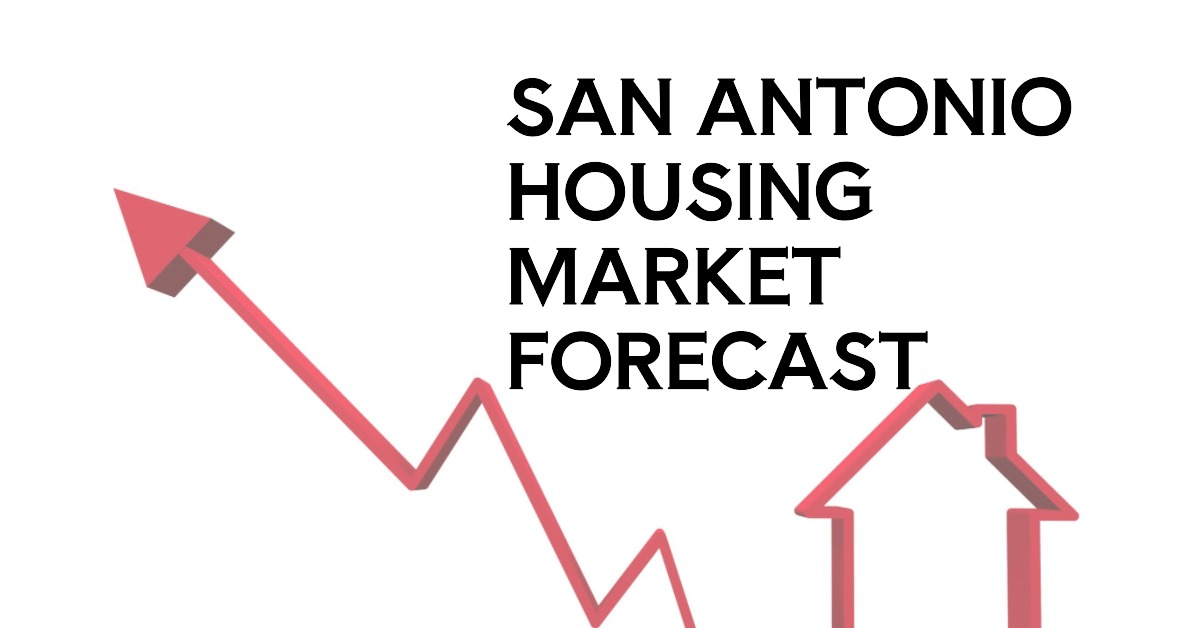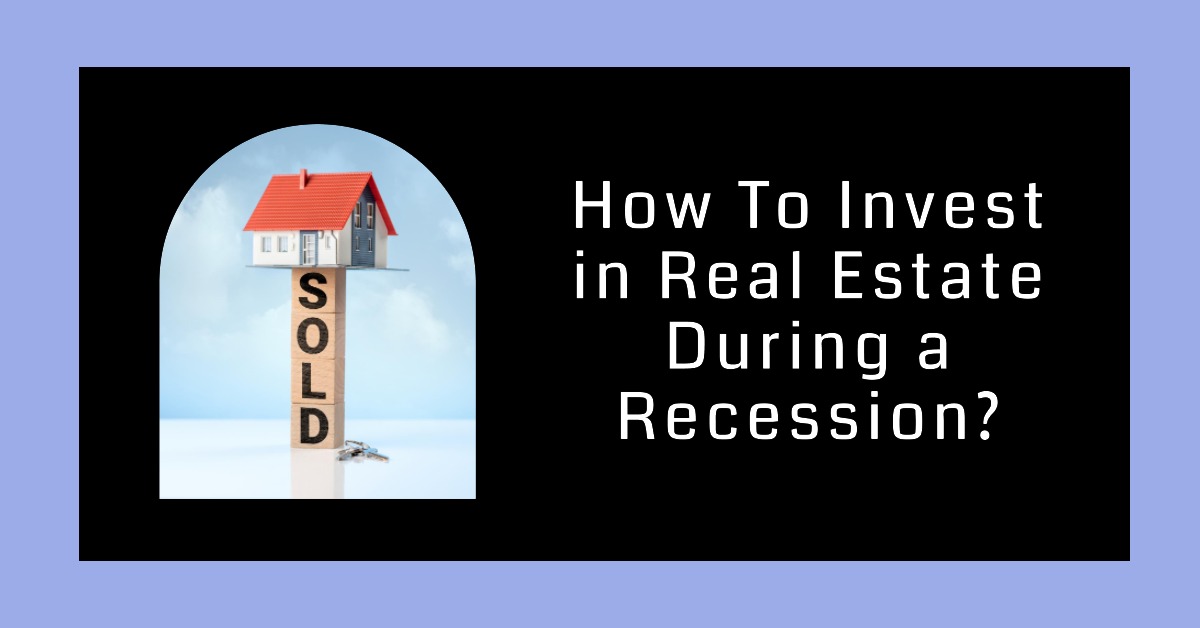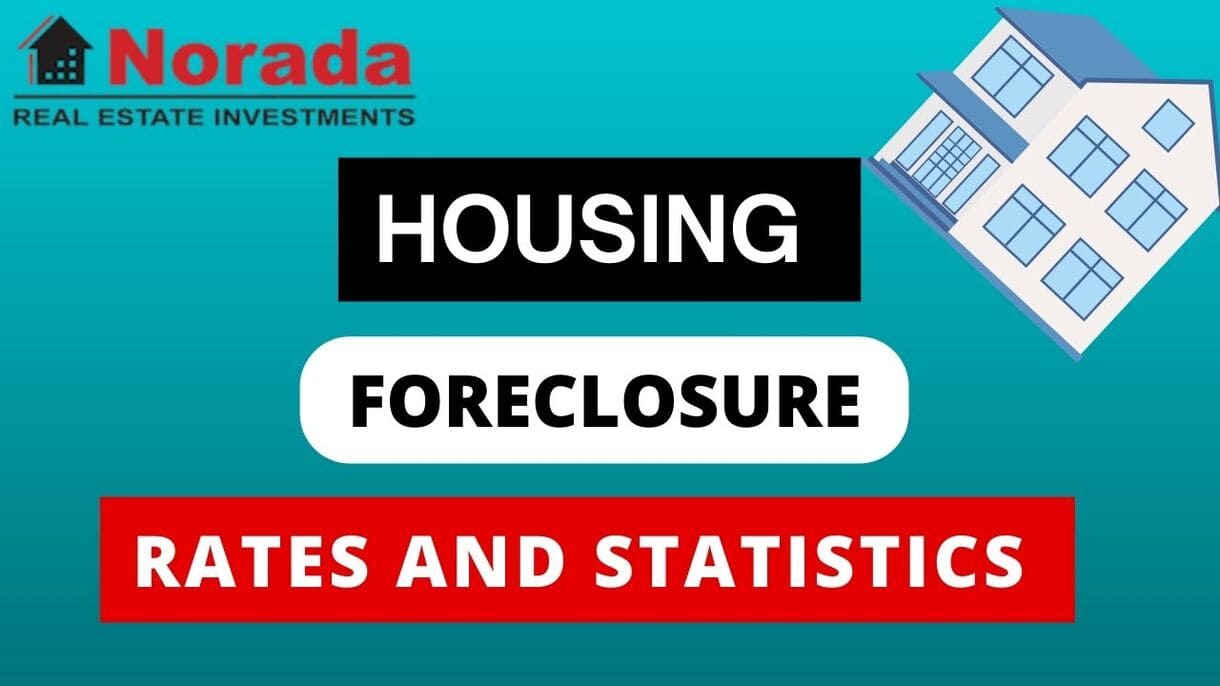Thinking about buying or selling a home in San Antonio in 2025? If so, you'll be interested to know that the San Antonio housing market trends in 2025 are showing a fascinating mix of slowing sales but strong prices – a situation that gives both buyers and sellers something to consider. We've seen a bit of a cool-down in the number of homes changing hands, but don't let that fool you; home values are holding their ground, and in many cases, are still on the rise.
This means that while deals might take a little longer to close, the price you ultimately pay or receive is likely to be a solid reflection of the market's current strength. As someone deeply involved in the real estate world here, I've seen these kinds of shifts before. It’s not necessarily a sign of a struggling market, but rather a sign of a market that’s finding its balance.
We’re not seeing the frantic bidding wars of a few years ago, but we're also not seeing prices plummet. It’s a more measured pace, and understanding these dynamics is key to making smart decisions.
San Antonio Housing Market Trends in 2025
📈
Key Takeaways: August 2025 San Antonio Housing Market
- 🏘️ Home Sales: 2,952 homes were sold in August 2025, marking a 7% year-over-year (YoY) decrease.
- 💰 Home Prices: The median price rose to $310,000, a 2% YoY increase, while the average price climbed to $382,419, a 5% YoY increase.
- 🏠 Inventory: Active listings increased by 15% YoY to 17,043. New listings totaled 4,609, a 3% increase YoY.
- ⏳ Days on Market: Homes averaged 74 days on the market, a 12% YoY increase.
- 🤝 Close to Original List Price: 91.4% of homes sold near their original list price.
- 📉 Pending Sales: Decreased, with a 17% decrease to 2,459, reflecting a more cautious pace among buyers.
- ⚖️ Months of Inventory: Stood at 6.1, slightly above balanced market conditions.
- 🏢 Average Residential Rental Price: Stood at $1,877 with 5,033 active residential rental listings, an 18% YoY increase.
Let’s break down what the numbers from the San Antonio Board of REALTORS® (SABOR) are telling us. In August 2025, a total of 2,952 homes were sold. This is a 7% decrease compared to the same time last year. That sounds like a lot, but it's important to look at the full picture. While fewer homes changed hands, the prices stayed resilient.
- Average Price: The average price of a home in San Antonio climbed to $382,419, marking a 5% increase year-over-year. This is a really positive sign for sellers and indicates that the demand for quality homes is still very much present.
- Median Price: The median price, which is often a better indicator of the typical home price because it’s not skewed by very expensive or very cheap homes, reached $310,000. This shows a 2% increase from the previous year.
- Price Per Square Foot: This averaged at $174, showing a very slight 1% decrease. This suggests that while overall values are strong, the cost per square foot is staying relatively stable, indicating good value for the space you get.
Inventory: A Better Selection for Buyers
One of the most significant trends we're seeing is the increase in available homes, often referred to as inventory. This is great news for potential buyers!
- Months of Inventory: We’re seeing around 6.1 months of inventory. In real estate talk, this means if no new homes were listed, it would take about six months to sell all the homes currently on the market. This is a healthy number, giving buyers more choices and a bit more breathing room. It sits just above what’s considered a truly “balanced” market.
- Active Listings: The number of homes available for sale—active listings—jumped by 15% year-over-year to a total of 17,043. This is a substantial increase and means you're likely to find a wider variety of properties to choose from.
- New Listings: The number of new homes hitting the market also saw a small boost, up 3% to 4,609. This indicates a consistent flow of new opportunities for buyers.
What This Means for You
These trends paint a picture of a market that's moving away from the frenzied pace of the past few years and settling into a more sustainable rhythm.
For Buyers: This is a much more comfortable environment. You’re not likely to be in a situation where you have to make an offer on the spot without much thought. You have time to:
- Compare Properties: With more homes available, you can really shop around and find a place that truly fits your needs and budget.
- Negotiate: Sellers are more open to negotiation now. This means you might be able to get a better price or have requests for repairs or upgrades met.
- Secure Financing: The slightly longer time on the market allows for a more thorough mortgage approval process.
For Sellers: Don't despair! While sales might be slower, prices are still strong. The key is to price your home correctly and highlight its best features. SABOR's data shows that 91.4% of homes are selling close to their original list price. This means that homes that are priced competitively are still getting good offers. The increase in days on market, an average of 74 days (a 12% increase year-over-year), just means patience is a virtue.
Homes Staying on the Market Longer
The data also shows that properties are taking a bit longer to sell. Homes are spending an average of 74 days on the market in August 2025. This is a 12% increase compared to the previous year. This aligns with the idea of a more balanced market where buyers aren't rushing into decisions. It also means that sellers need to be prepared for their homes to be on the market for a little longer than they might have been a year or two ago.
Rental Market Activity
It’s not just the sales market that’s buzzing; the rental market is also seeing expansion. There are 5,033 active residential rental listings, which is an 18% increase year-over-year. The average rent is sitting at $1,877. This indicates that even for those not ready to buy, San Antonio remains an attractive place to live, with a growing rental supply.
Price Segments: Where the Action Is
Let's look at how homes are selling across different price points, which gives us a great snapshot of the market's breadth:
- $199,000 and Below: 16.6% of sales fall into this more affordable category.
- $200,000 – $499,999: This is the sweet spot, with a significant 64.7% of sales occurring in this range. This is where most of the activity is happening, and it's a great indicator of what the typical buyer can afford.
- $500,000 – $749,999: About 11.45% of sales are in this mid-to-upper range.
- $750,000 – $1M+: The luxury market accounts for 7.3% of sales, showing continued demand at the higher end.
Bexar County: Following the Trend
Here in Bexar County, which is the heart of San Antonio, the trends are very much in line with the broader regional picture. The median price here matches the city's overall median at $310,000, showing a 2% increase year-over-year. So, whether you're looking within the city limits of San Antonio or its surrounding Bexar County areas, expect similar market conditions: good inventory, steady prices, and a more balanced pace of sales.
Looking Beyond San Antonio: Texas at Large
To get an even bigger perspective on the San Antonio housing market trends in 2025, it's helpful to see how Texas as a whole is performing. Across the state, August saw 28,921 homes sold, which is a 5% increase year-over-year. The statewide average price saw a slight uptick to $429,095, a 0.7% increase, while the median price remained stable at $339,900. This shows that while San Antonio is experiencing a bit of a slowdown in sales volume compared to the statewide growth, our prices are holding up very well.
My Takeaway:
From where I stand, San Antonio in 2025 is offering a market that’s more user-friendly than it has been in recent years. The increased inventory is a welcome change, providing choicer and more negotiation power for buyers. For sellers, the strong price performance means that your property’s value is likely still appreciated.
San Antonio Housing Market Forecast 2025-2026: What's Next?
You're probably wondering what's going to happen with home prices. Well, here's the scoop: the San Antonio housing market forecast indicates a continued slight downward trend in the next year, but don't expect a crash. The market is expected to correct slowly. It may provide some opportunities for buyers, but sellers might need to adjust their expectations. Let's dig into the details!
Right now, the average home value in the San Antonio-New Braunfels area is around $286,339. That's down about 3.3% over the last year, according to Zillow. Homes are going under contract in about 37 days, which means the market isn't as hot as it was a couple of years ago, but it's still moving.
The Forecast:
Zillow's latest forecast gives us a glimpse into the near future. Here's what they're predicting for the San Antonio area based on their data as of June 30, 2025:
| Timeline | Predicted Change in Home Values |
|---|---|
| July 31st, 2025 | -0.5% |
| September 30th, 2025 | -1.7% |
| June 30th, 2026 (One Year) | -3.6% |
This suggests that San Antonio isn't expected to see a significant drop. Instead, it looks like a gradual correction, and a normalization of inflated prices.
How San Antonio Compares to Other Texas Markets
Let's see how San Antonio stacks up against other major Texas cities:
| City | Predicted Change by July 2025 | Predicted Change by September 2025 | Predicted Change by June 2026 |
|---|---|---|---|
| Dallas | -0.8% | -2.2% | -2.9% |
| Houston | -0.4% | -1.3% | -2.4% |
| Austin | -1.1% | -3.4% | -5.1% |
| McAllen | -0.1% | -0.4% | 0.5% |
| El Paso | -0.2% | -0.6% | 0.4% |
| Killeen | -0.4% | -1.3% | -1.6% |
| Corpus Christi | -0.6% | -2% | -5% |
| Brownsville | -0.2% | -1.1% | -0.3% |
| San Antonio | -0.5% | -1.7% | -3.6% |
As we can see, San Antonio's expected dip is somewhere in the middle. Austin, for example, is predicted to see a steeper decline. Cities like McAllen and El Paso are expected to become stable and appreciate a little bit more.
National Outlook and Mortgage Rates
Lawrence Yun, the Chief Economist at the National Association of Realtors (NAR), thinks things are looking up nationally. He believes that “brighter days may be on the horizon”. He projects the following:
- Existing home sales to increase by 6% in 2025 and 11% in 2026.
- New home sales to jump by 10% in 2025 and another 5% in 2026.
- Median home prices to increase modestly, by about 3% in 2025 and 4% in 2026.
- Average mortgage rates to be around 6.4% in the second half of 2025 and drop to about 6.1% in 2026.
While the national trends are not sharply positive they aren't predicting a sharp crash.
Will Home Prices Drop Significantly in San Antonio?
Based on the available data from reliable sources, a major housing market crash in San Antonio seems unlikely. The forecasts point toward a moderate price correction and then stabilization.
However, there are other factors that can influence price increases or decreases like migration trends, job availability and the economy in general.
Looking Ahead: Possible Forecast for 2026
Predicting beyond a year is tough, but if the national trends hold, we could see the San Antonio market stabilizing sometime in 2026, possibly with a slight increase in home prices.
Final Thoughts: As someone who's been watching the real estate market, I think we're heading towards to a more balanced, dare I say normal, market. This does not mean that the current housing crunch is over, we are only talking about normalization when it comes to prices.
San Antonio Real Estate Investment: Should You Invest Here?
San Antonio is a city located in South Central Texas that has shown steady growth in its real estate market over the years. With its strong economy and affordable cost of living, San Antonio is a great place for real estate investment. Whether you are a first-time investor or an experienced one, San Antonio offers a wide range of real estate opportunities.
Top 7 reasons to invest in San Antonio for the long term:
- Strong Job Market: San Antonio's economy is diverse and has a low unemployment rate, which makes it an attractive place for job seekers. This means that the demand for housing will continue to grow, making it an ideal place for real estate investment.
- Affordable Housing: San Antonio's housing market offers affordable options for both investors and homebuyers. With a lower median home price compared to other major cities in Texas, San Antonio offers a chance for investors to buy properties at a lower cost.
- Population Growth: San Antonio is among the fastest-growing cities in the United States, with a population growth rate of 16.5% from 2010 to 2020. This population growth has resulted in a high demand for housing, which translates to a stable real estate market for investors.
- Military Presence: San Antonio is home to several military bases, which has a positive impact on the local economy. The presence of military personnel means that there is a consistent demand for housing in the area, making it an ideal place for real estate investment.
- Pro-Business Climate: San Antonio is known for its pro-business environment, which attracts new businesses and creates job opportunities. This environment helps to keep the local economy stable and supports the growth of the real estate market.
- Favorable Landlord-Tenant Laws: Texas has some of the most favorable landlord-tenant laws in the country, which can make investing in San Antonio's real estate market less risky for investors. These laws provide landlords with more control over their properties and help ensure that tenants fulfill their lease agreements.
- Strong Rental Demand: San Antonio has a strong rental market, with a vacancy rate of less than 6%. This means that there is a high demand for rental properties, which can help investors generate a steady stream of rental income.
- Appreciation Potential: San Antonio's real estate market has been appreciating steadily over the past decade, and this trend is expected to continue in the coming years. This means that investors who purchase property in San Antonio now could see their investments appreciate in value over time
- Favorable Tax Laws: Texas has favorable tax laws for real estate investors, including no state income tax and low property taxes. This can help investors save money on taxes and increase their net returns on investment.
- Tourism: San Antonio is a popular tourist destination, attracting millions of visitors each year. The city is home to several famous landmarks, including the Alamo and the River Walk, which contribute to the local economy and provide additional opportunities for real estate investment.
- Quality of Life: San Antonio offers a high quality of life with excellent schools, affordable cost of living, and a warm climate. This makes it an attractive place for families and retirees, which in turn increases the demand for housing and creates a stable real estate market for investors.
- Low Cost of Living: San Antonio's low cost of living makes it an attractive destination for residents and investors alike. The city offers affordable housing, transportation, and entertainment options, which can help investors maximize their returns.
Overall, San Antonio's growing population, diverse housing options, strong economy, and favorable landlord-tenant laws make it an attractive destination for real estate investors. With strong rental demand, appreciation potential, and favorable tax laws, San Antonio is a promising market for long-term real estate investment.
Invest in Turnkey Real Estate for Immediate Cash Flow & Long-Term Wealth
Turnkey properties let you start earning rental income from day one—no renovations, no tenant hunts, no management headaches.
Work with Norada Real Estate to find vetted, cash-flowing markets tailored to your goals—so you can build steady returns without the stress.
HOT NEW LISTINGS JUST ADDED!
Speak with a seasoned Norada investment counselor today (No Obligation):
(800) 611-3060
Want to Know More?
Explore these related articles for even more insights:





